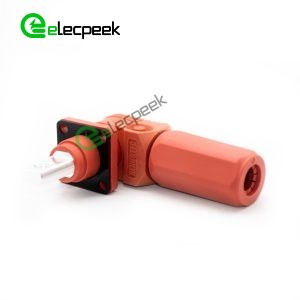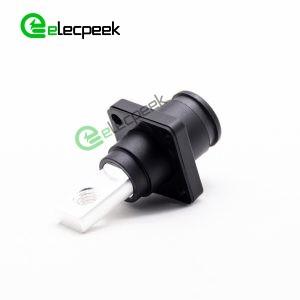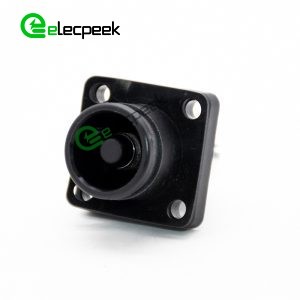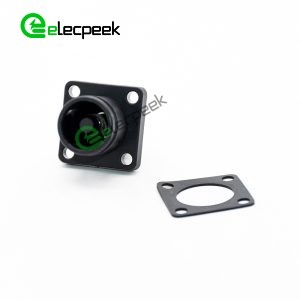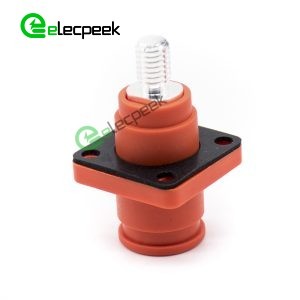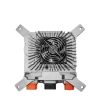Elecpeek 3.3KW Low Voltage On-board Charger – 72V
Elecpeek’s on-board charger offers unparalleled performance, even in demanding conditions, thanks to its full-sealed process and IP67 protection level.
- Support UDS diagnosis
- CAN wake-up function
- Full-sealed process
- Built-in thermal sensor
- Shut off when temperature up to 90℃
- Protection level with IP67
Inquiry Form for Bulk Order?
Please fill in your details and requirements below, and our team will get in touch with you as soon as possible.
A High Voltage On-board Charger is a sophisticated device designed specifically for electric vehicles (EVs) and plug-in hybrid electric vehicles (PHEVs), enabling rapid charging through the conversion of high-voltage alternating current (AC) from the grid to direct current (DC) that is suitable for the vehicle’s battery system.
Embedded with smart chips, they offer real-time monitoring of the charging status, automatically adjusting charging currents and voltages to optimize the process, thereby protecting battery health and prolonging battery life.
Equipped with overload protection, short-circuit prevention, overheat protection, and electromagnetic compatibility (EMC) design, ensuring the safety and reliability of the charging process, and mitigating risks of electrical fires and other hazards.
Built with robust materials to withstand varying weather conditions, ensuring longevity and reliable operation whether installed indoors or outdoors.
3.3KW On Board Charger Specification
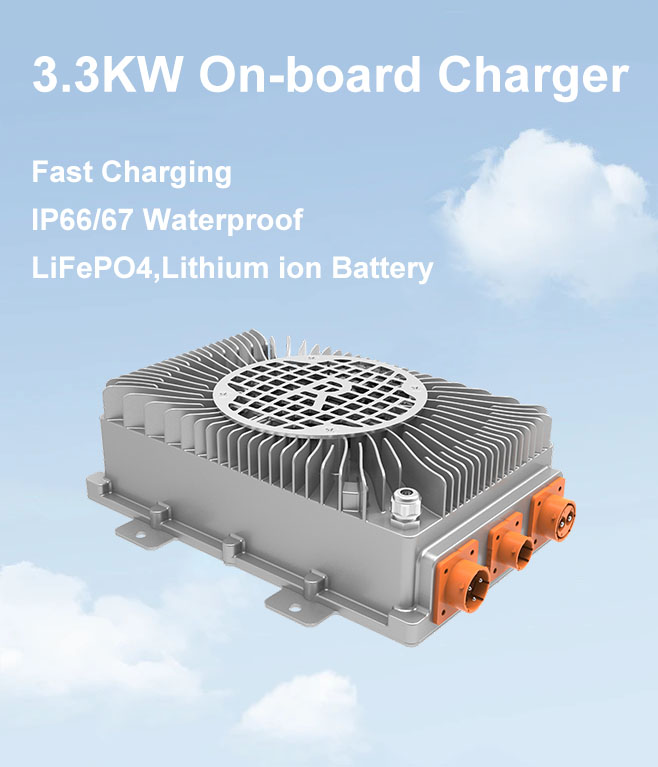
3.3KW Charger Series
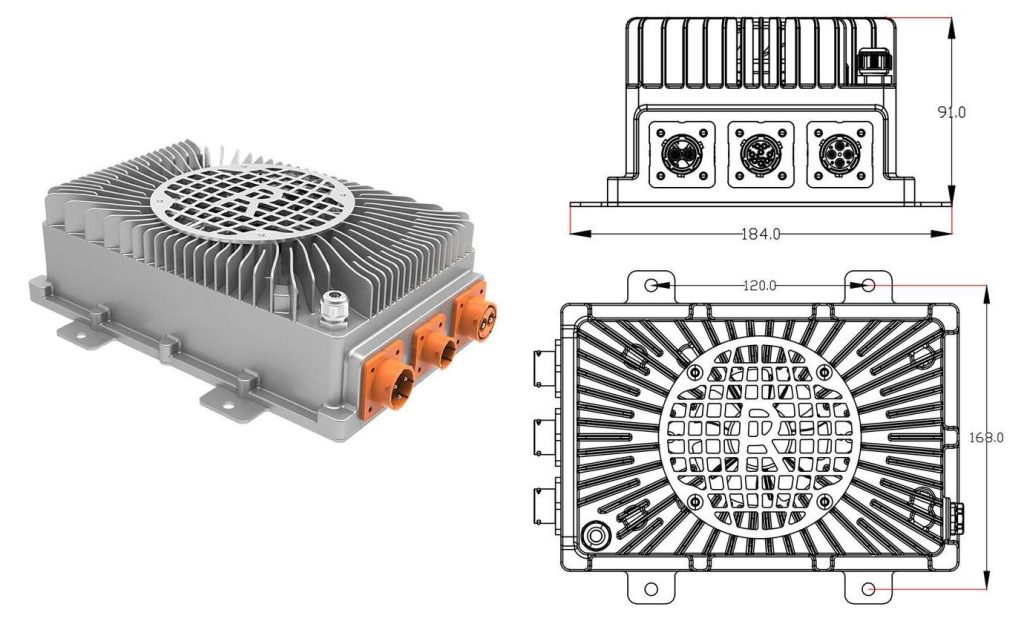
Plug and Socket Definition
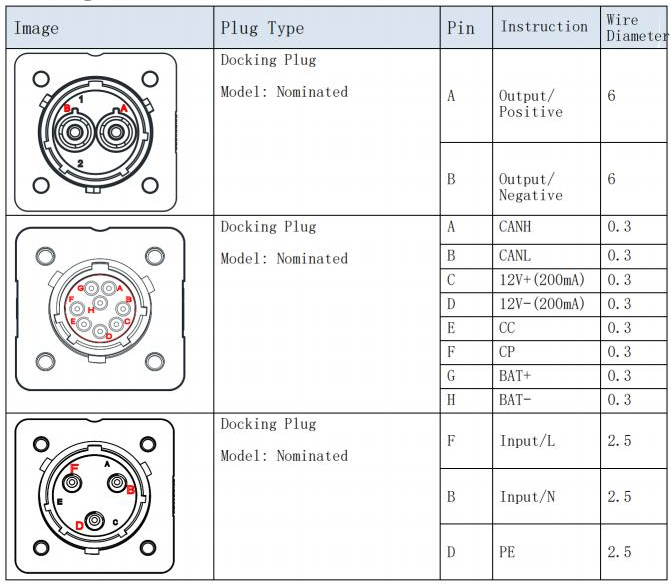
Output Plug Options
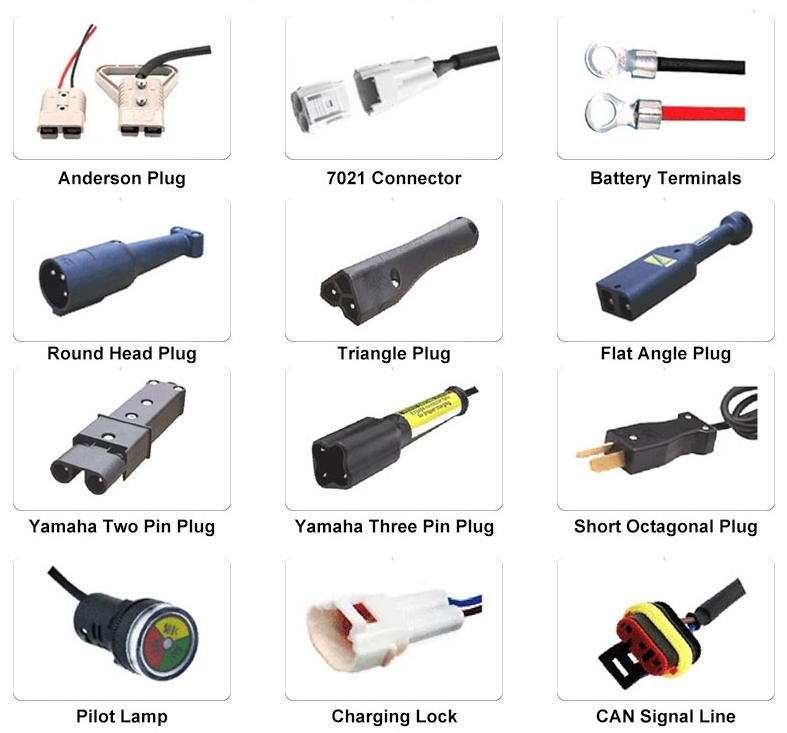
Input Plug Options
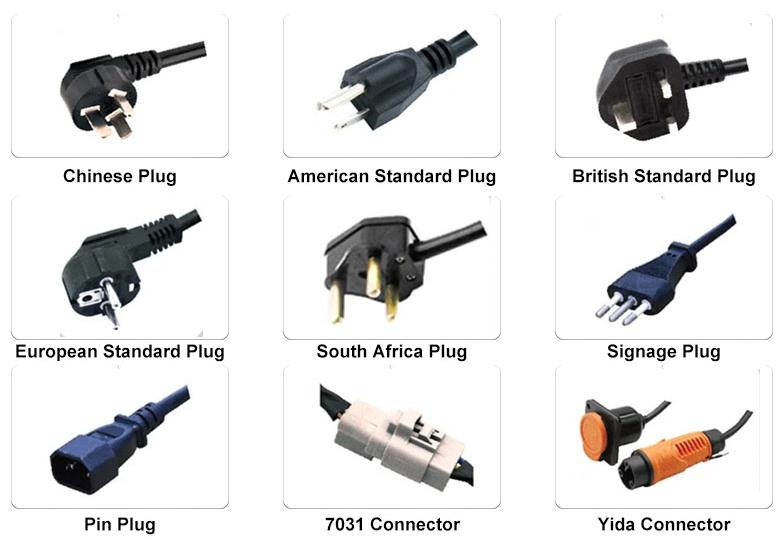
Successful Projects
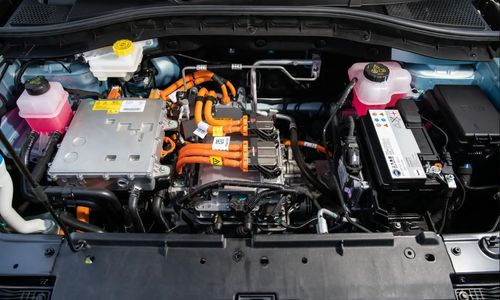
Project QTY: 500PCS
Item: 6.6KW On-board Charger
Location: Portland, United States
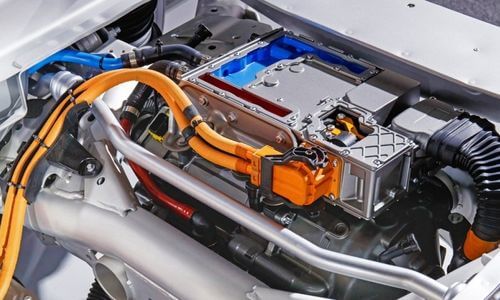
Project QTY:1200PCS
Item:20KW On-board Charger
Location:Russelsheim,Germany
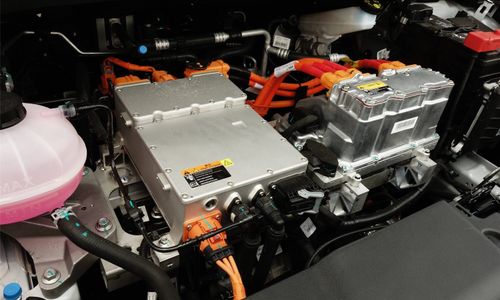
Project QTY: 500PCS
Item: 6.6KW On-board Charger
Location: Portland, United States
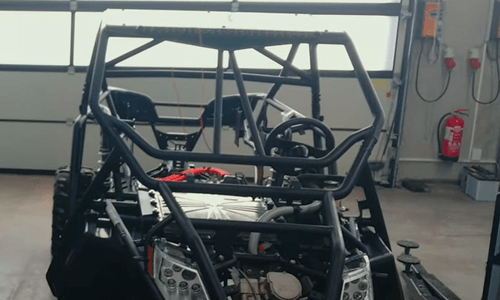
Project QTY: 500PCS
Item: 6.6KW On-board Charger
Location: Portland, United States
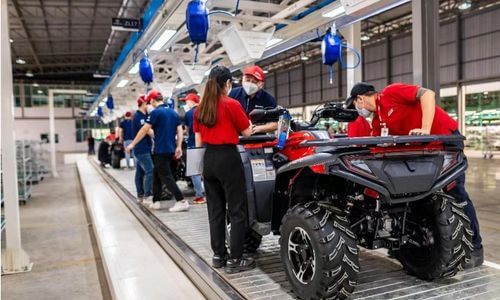
Project QTY: 500PCS
Item: 6.6KW On-board Charger
Location: Portland, United States
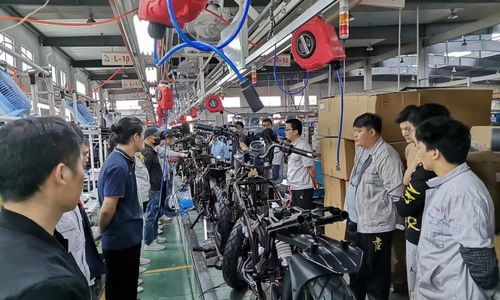
Project QTY: 500PCS
Item: 6.6KW On-board Charger
Location: Portland, United States
Application
On-board chargers are integral components of electric vehicles (EVs) and plug-in hybrid electric vehicles (PHEVs). They convert Alternating Current (AC) from the grid (or any other AC source) to Direct Current (DC) for charging the vehicle’s battery. Electric boats and other marine vehicles also use on-board chargers. These chargers may need to be particularly robust to withstand the harsh marine environment.

Electrical
| Input Voltage Range | AC 90~265V |
||
|---|---|---|---|
| Input Current | ≤16A |
||
| Frequency | 47~63HZ |
||
| Power Factor | ≥0.98 @ ≥1650W |
||
| Stand By Power Consumption | ≤5W |
||
| Starting Inrush Current | ≤24A |
||
| Output Voltage Range | 50V-107V |
||
| Max Output Current | 40A |
||
| Output Power | 3300W@220VAC; 1650W@110VAC |
||
| Input Voltage Range | AC 90~265V |
Input Current | ≤16A |
| Frequency | 47~63HZ |
Power Factor | ≥0.98 @ ≥1650W |
| Stand By Power Consumption | ≤5W |
Starting Inrush Current | ≤24A |
| Output Voltage Range | 50V-107V |
Max Output Current | 40A |
| Output Power | 3300W@220VAC; 1650W@110VAC |
| Cooling Method | Enforce Air Cooling, liquid-cooling |
||
|---|---|---|---|
| Protection Grade | IP67 |
||
| Multiple Protection | Input low-voltage, Input over-voltage, Output over-voltage, Over-current, Over-temperature, Polarity reverse, Short-circuit |
||
| Cooling Method | Enforce Air Cooling, liquid-cooling |
Protection Grade | IP67 |
| Multiple Protection | Input low-voltage, Input over-voltage, Output over-voltage, Over-current, Over-temperature, Polarity reverse, Short-circuit |
Environmental
| Operating Temperature | -40℃~85℃ |
||
|---|---|---|---|
| Storage Temperature | -40℃~100℃ |
||
| Operating Temperature | -40℃~85℃ |
Storage Temperature | -40℃~100℃ |
Specifications
| Charging Control | CAN or Enable |
|---|---|
| Charging Control | CAN or Enable |
| Input Voltage Range | AC 90~265V |
|---|---|
| Input Current | ≤16A |
| Frequency | 47~63HZ |
| Power Factor | ≥0.98 @ ≥1650W |
| Stand By Power Consumption | ≤5W |
| Starting Inrush Current | ≤24A |
| Output Voltage Range | 50V-107V |
| Max Output Current | 40A |
| Output Power | 3300W@220VAC; 1650W@110VAC |
| Cooling Method | Enforce Air Cooling, liquid-cooling |
| Protection Grade | IP67 |
| Operating Temperature | -40℃~85℃ |
| Storage Temperature | -40℃~100℃ |
| Multiple Protection | Input low-voltage, Input over-voltage, Output over-voltage, Over-current, Over-temperature, Polarity reverse, Short-circuit |
| Charging Control | CAN or Enable |
The charging station support of OBC depends on its compatible charging interface standard, including home charging posts, public charging stations, etc.
The compatibility and standards of OBC include charging interface standards, charging rates, communication protocols, and safety standards.
The reliability and durability of OBC depend on the following factors:
- Design quality and manufacturing process
- Temperature management
- Overload protection
- Environmental adaptability
Smart features of OBC may include remote monitoring, charging appointments, charging schedule optimization, charging history, smart energy management, charging location navigation, and remote diagnostics and maintenance.
The safety of OBC is realized through measures such as overload protection, short circuit protection, temperature monitoring and strict compliance with safety standards.
Elecpeek's On-Board Charger works by converting AC power from an external source, such as a charging station or wall outlet, into DC power that can be stored in the EV battery.
The charging time for an EV using OBC depends on the battery size, charge level, and the charging speed provided by the charger. Typically, it takes between 1 to 12 hours to fully charge an EV using OBC.
Yes, a damaged or faulty OBC can result in overcharging, overcharging, or overheating the battery, which can decrease the lifespan of the battery. It is essential to ensure the proper maintenance and functioning of OBC.
OBC is used for level 1 and 2 charging and provides a lower charging speed than a DC fast charger. DC fast chargers are used for level 3 charging and can provide up to 80% charging in 30 minutes.
Yes, hybrid vehicles also use OBC to charge the battery.


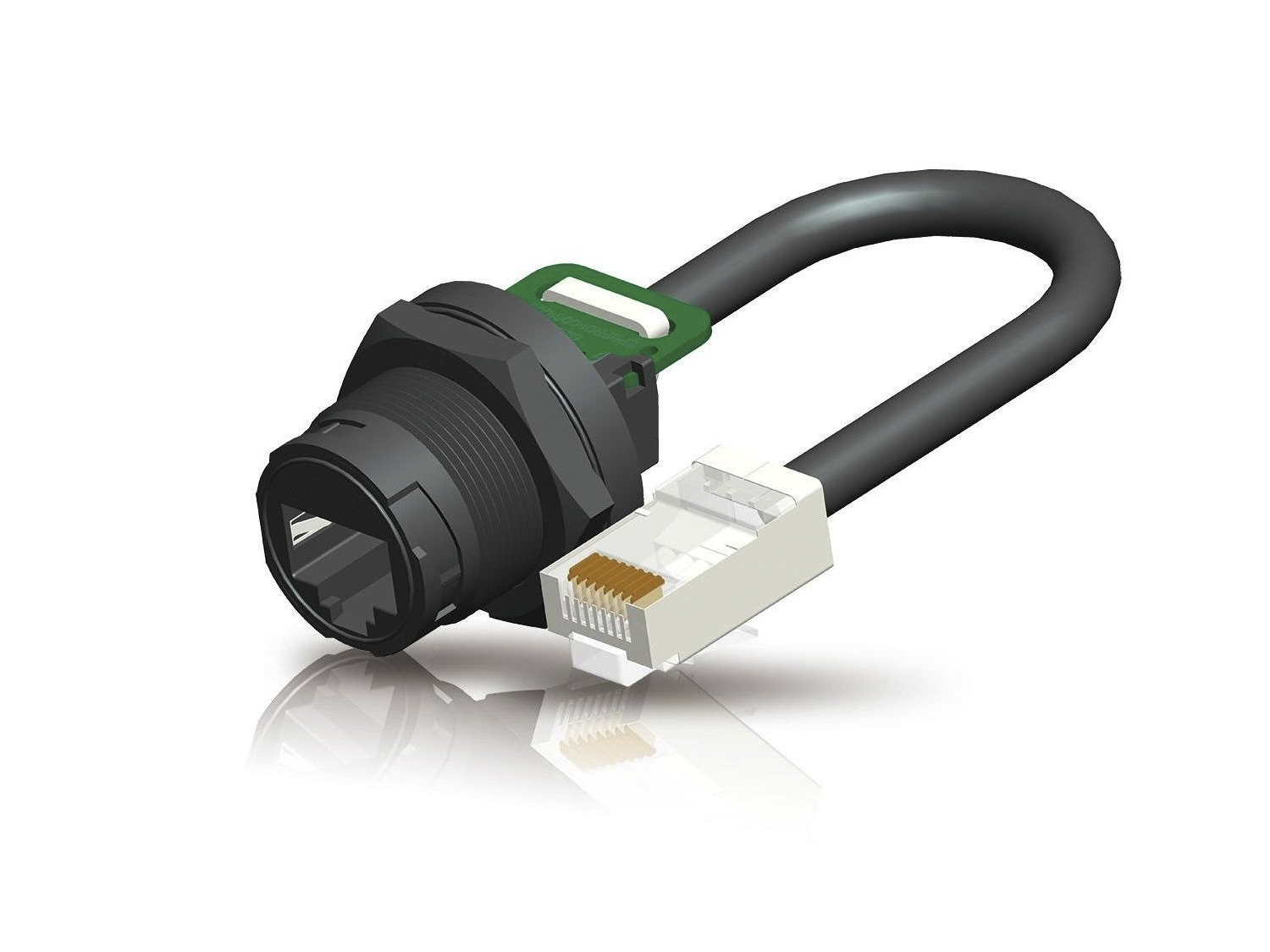
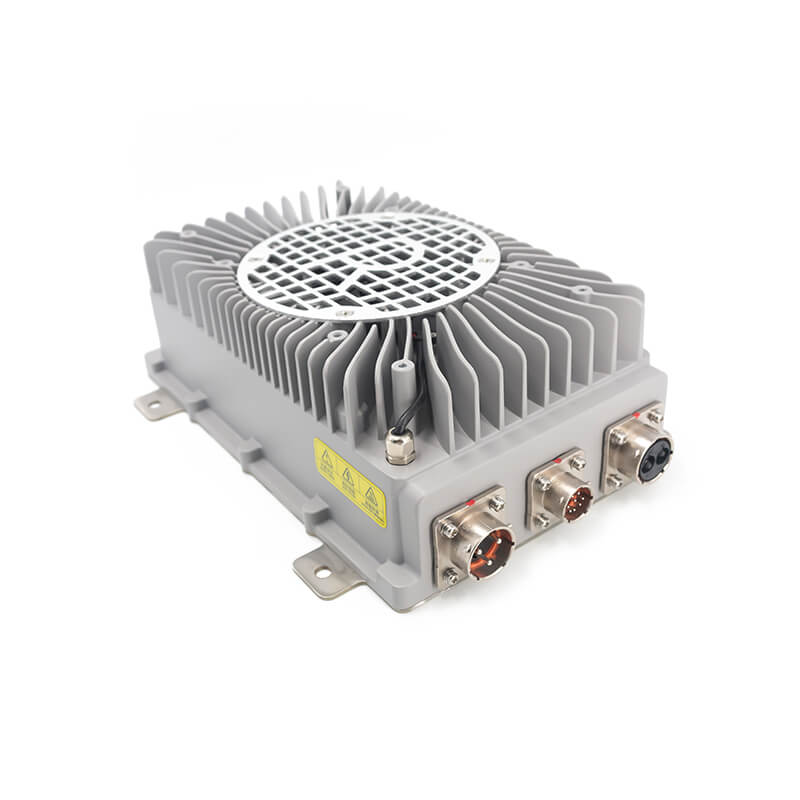
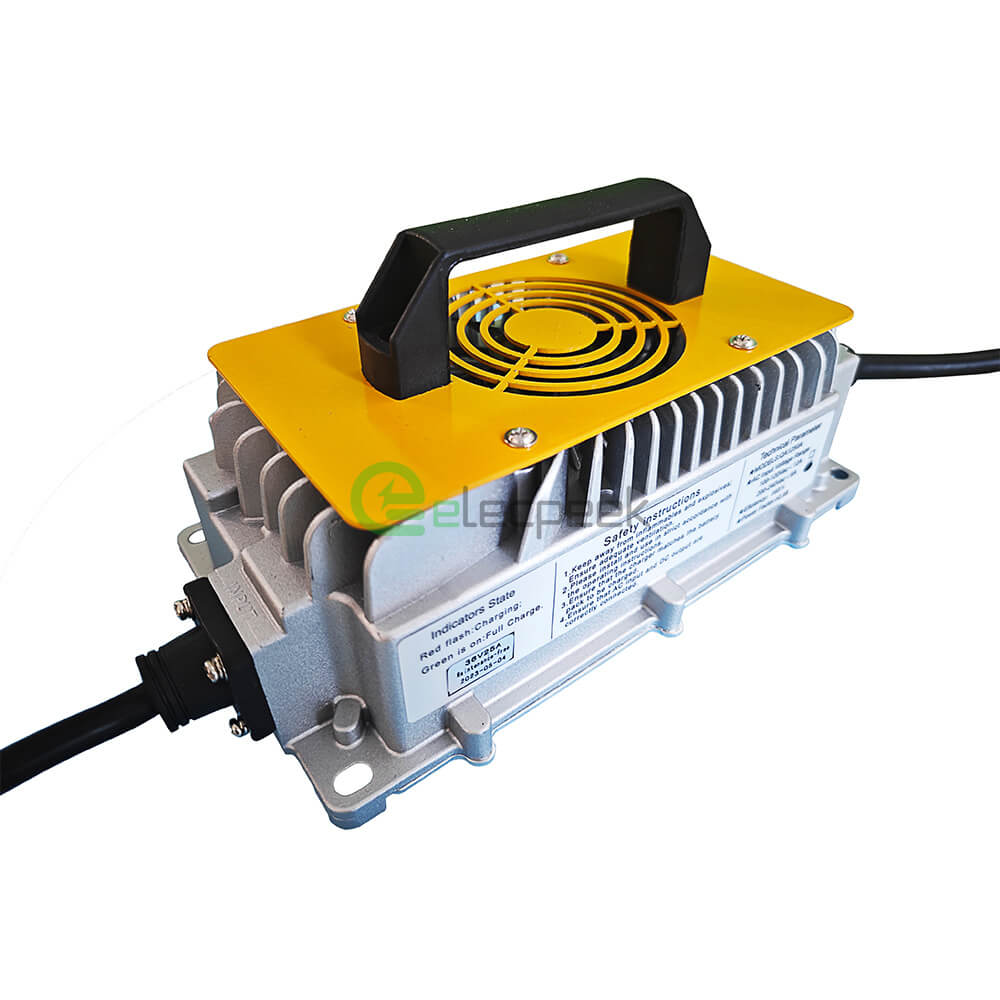
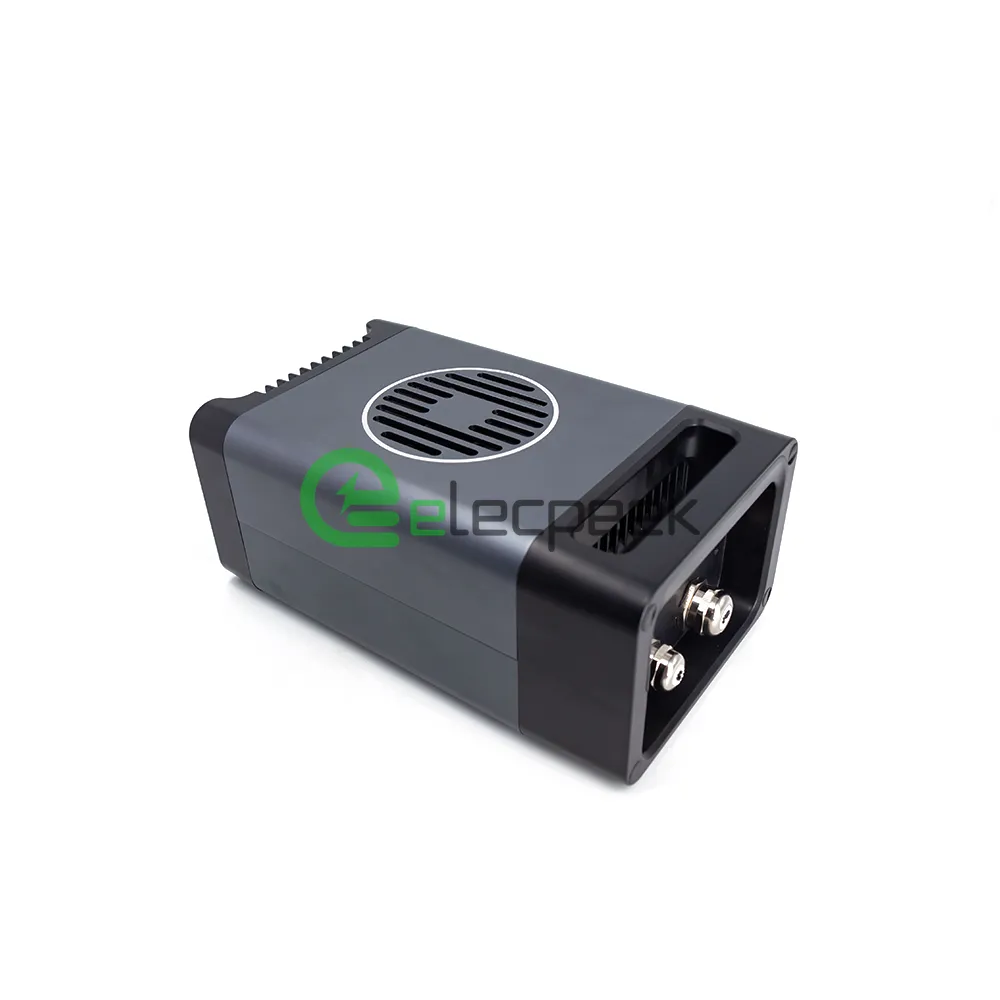
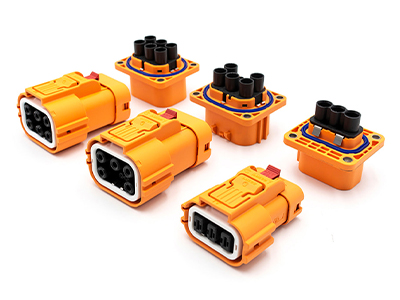
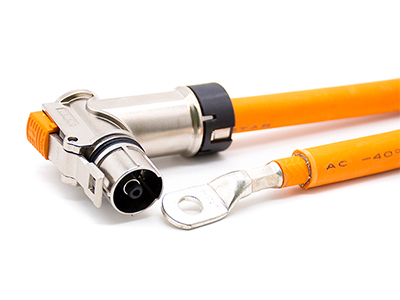
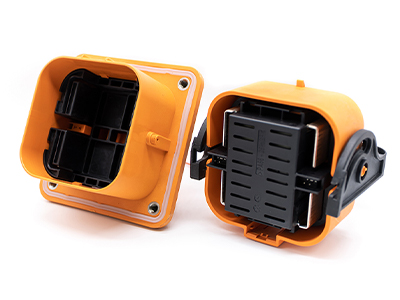
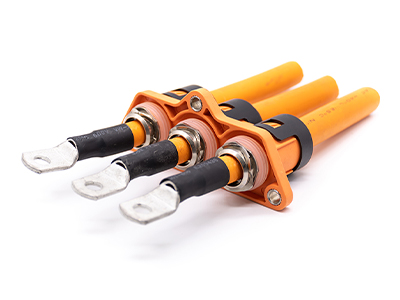
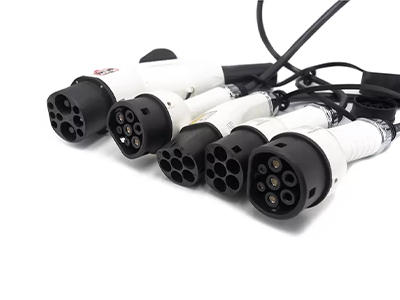
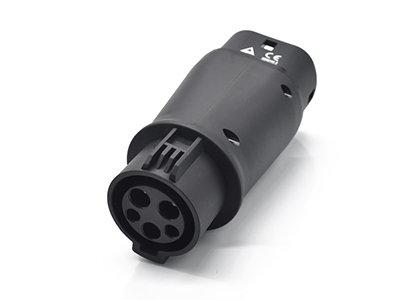
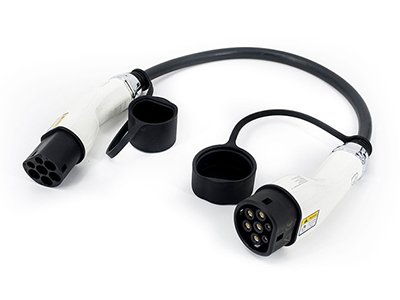
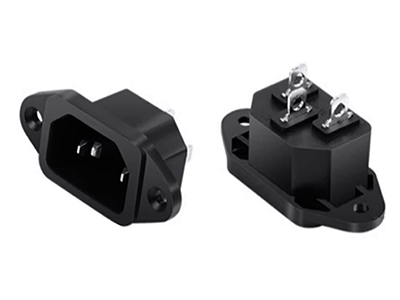
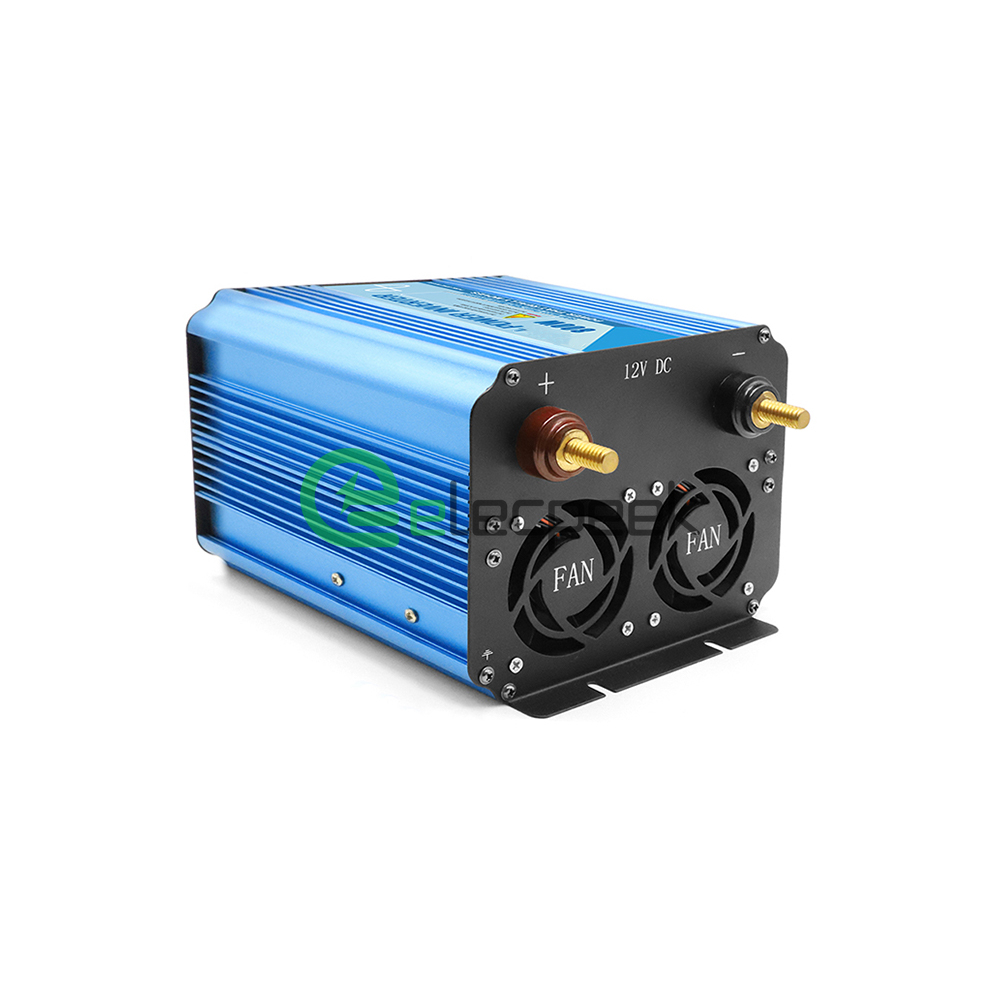
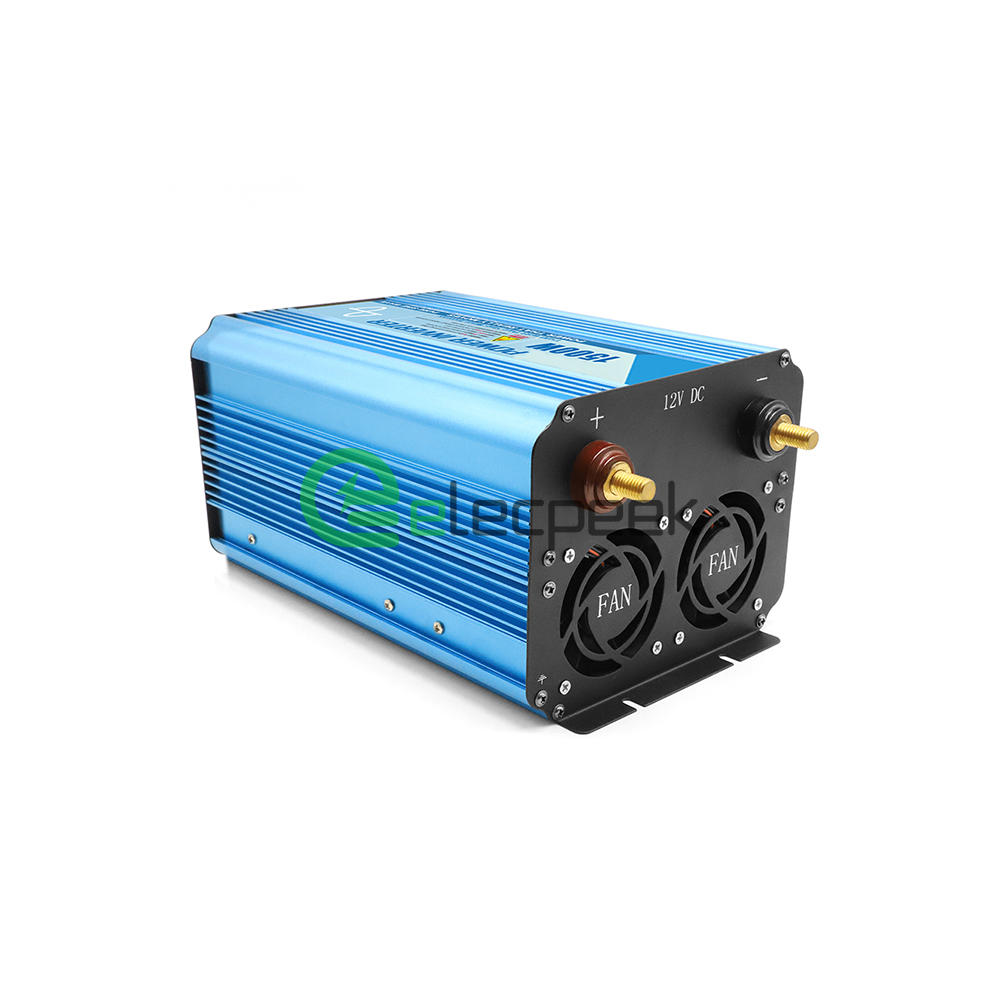
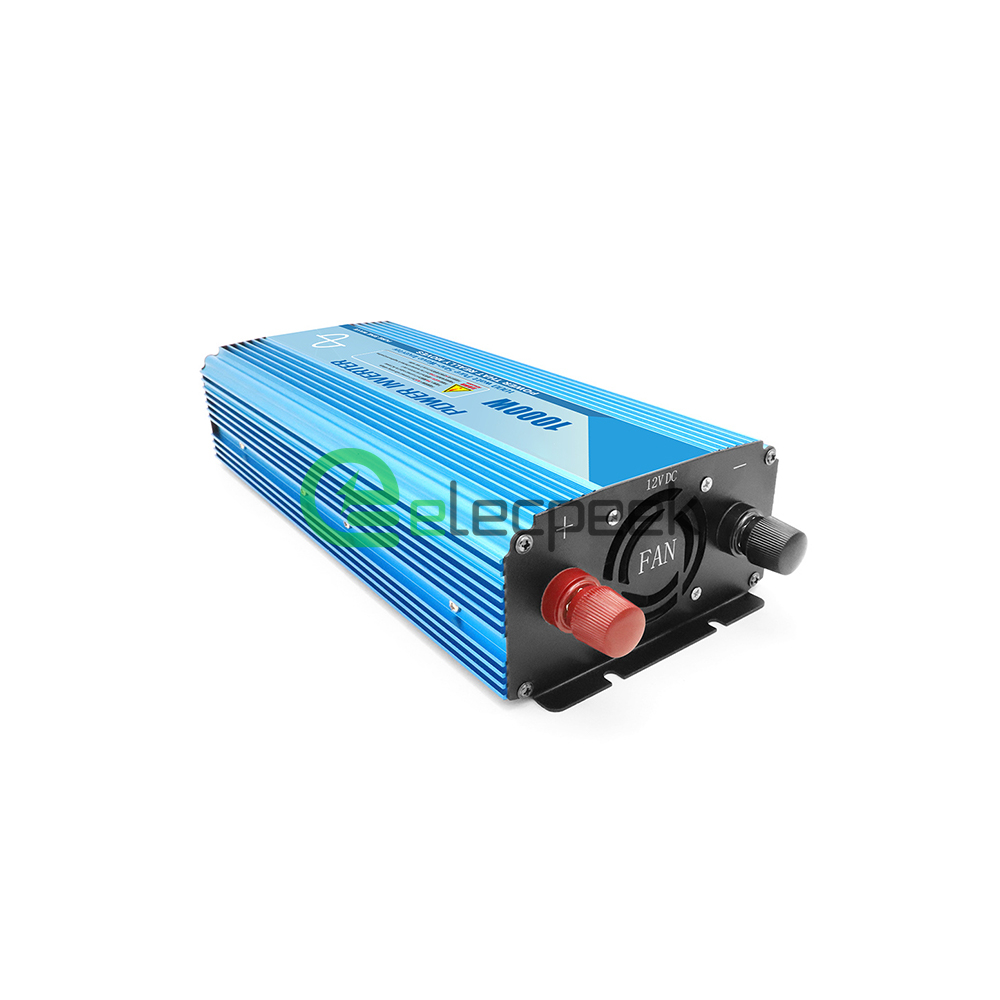
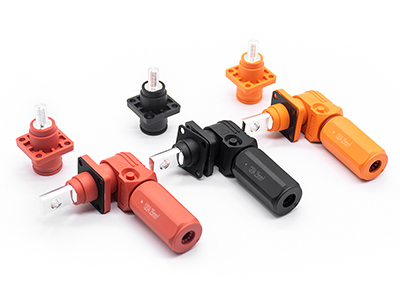
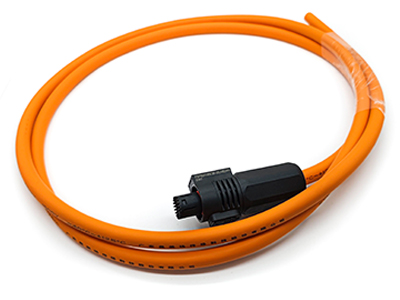
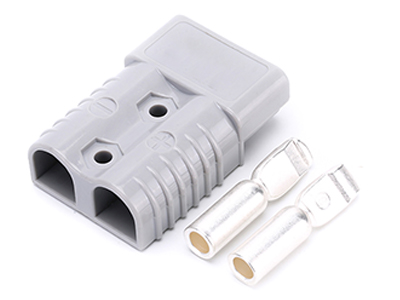
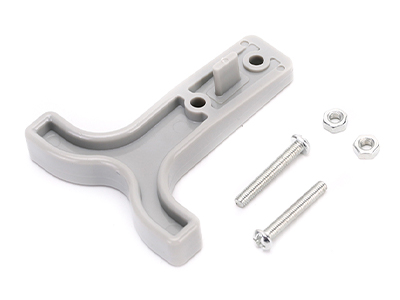
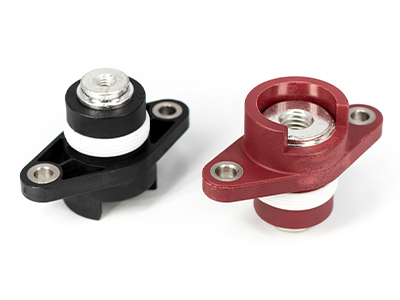
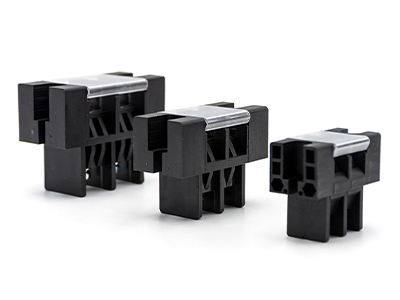
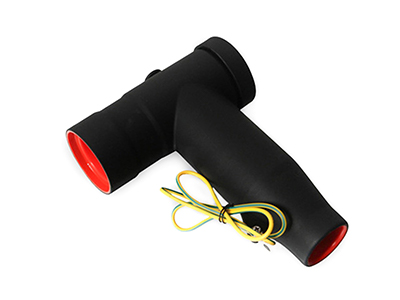
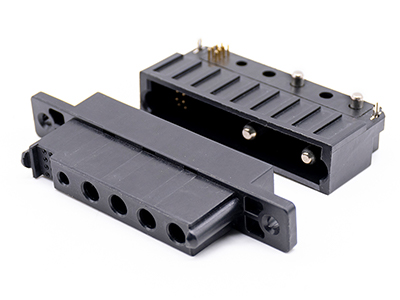
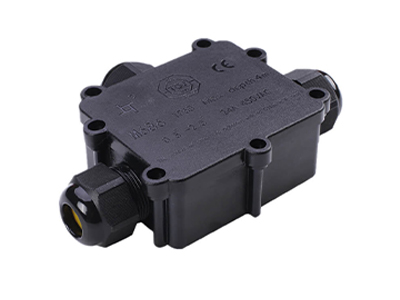
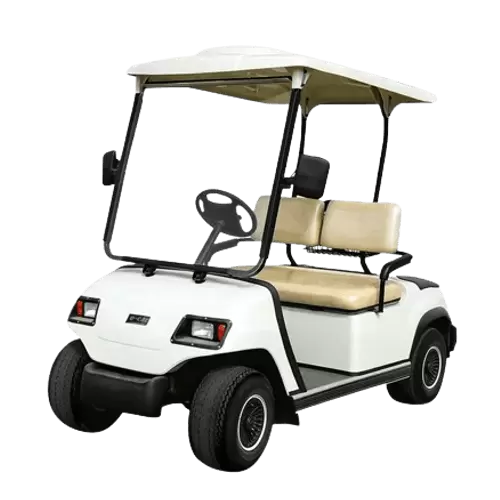

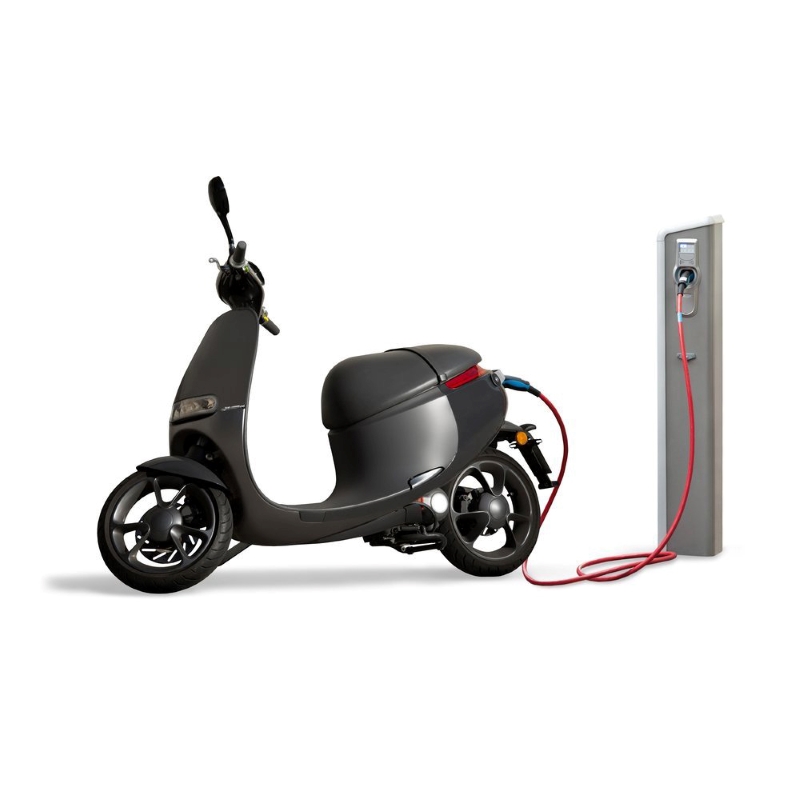
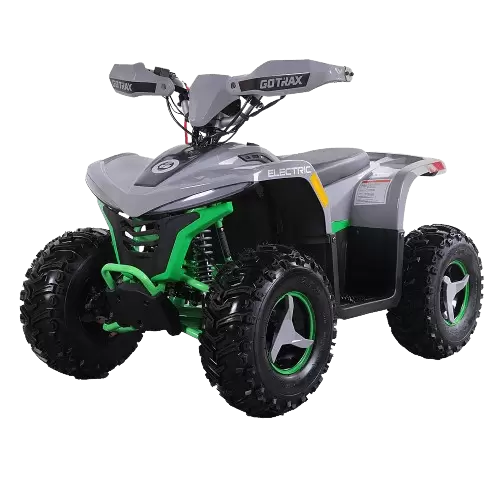
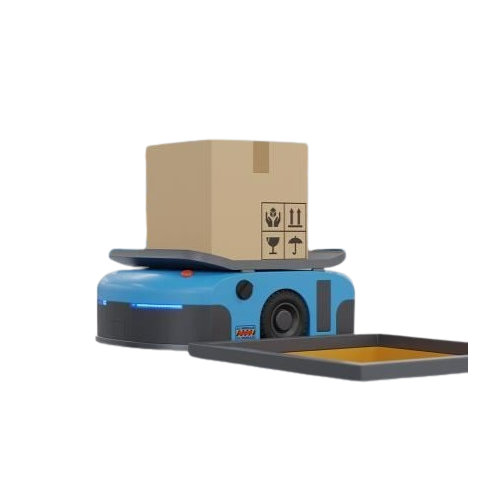
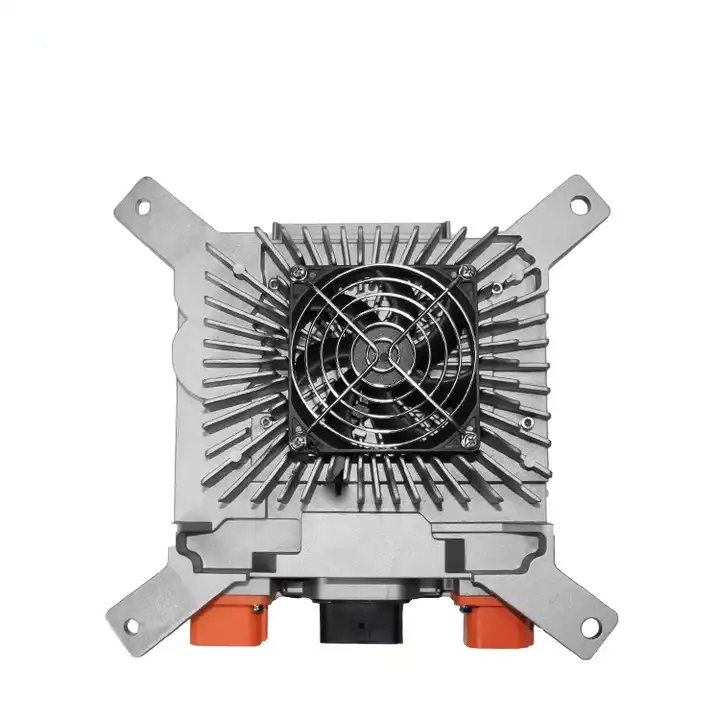
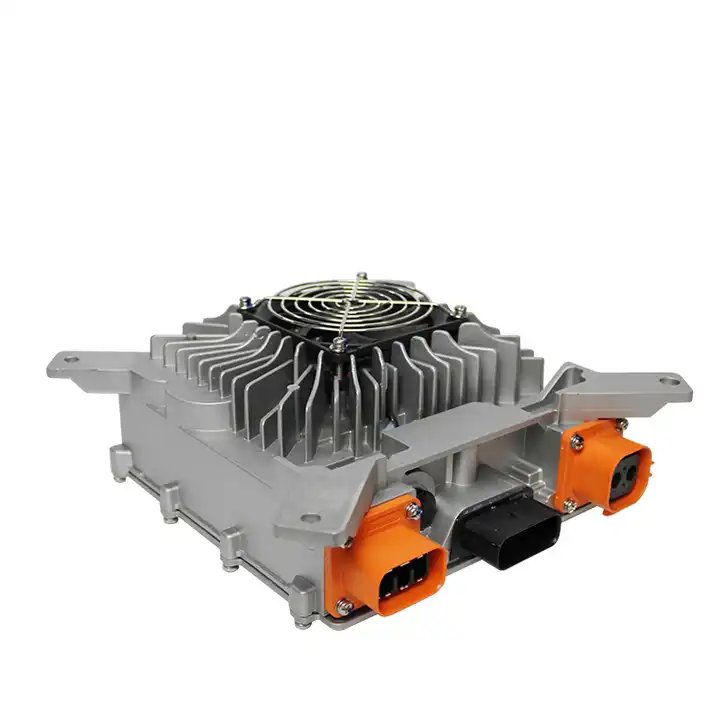
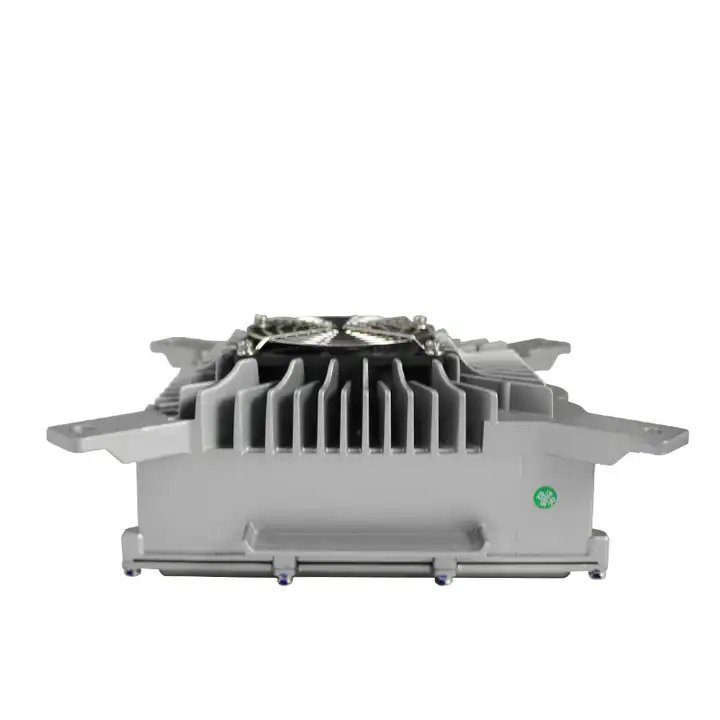
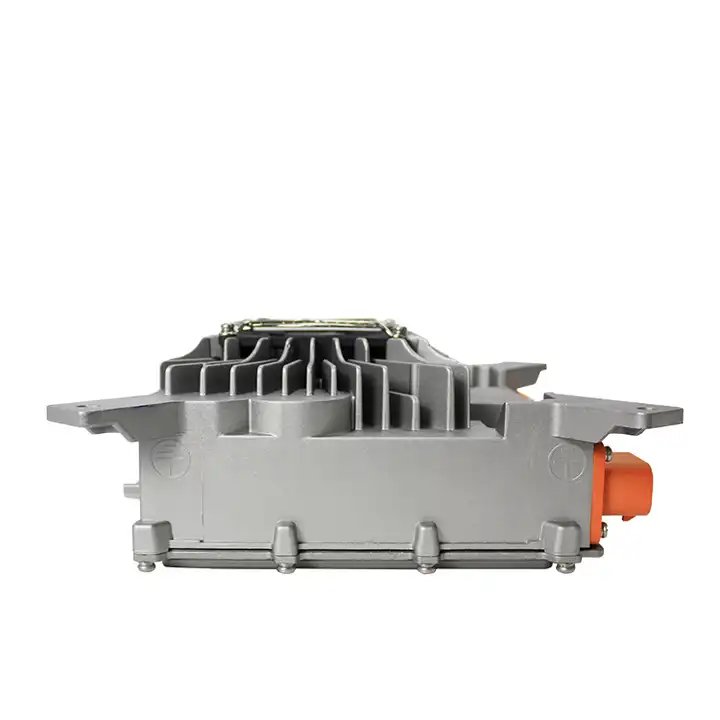
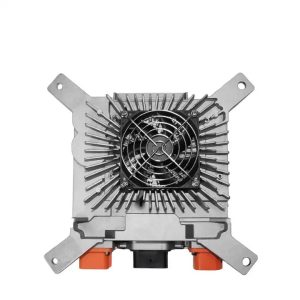
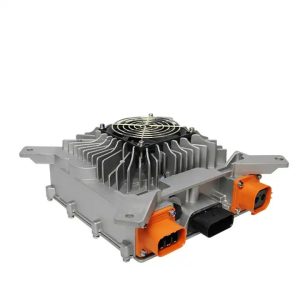
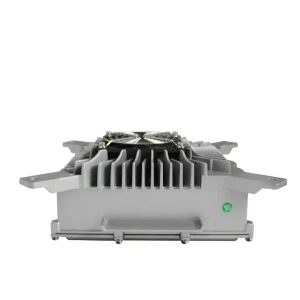
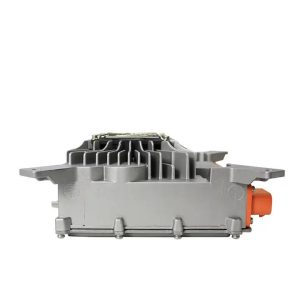
 Description
Description  Technical Data
Technical Data  FAQ
FAQ  Customization
Customization 
